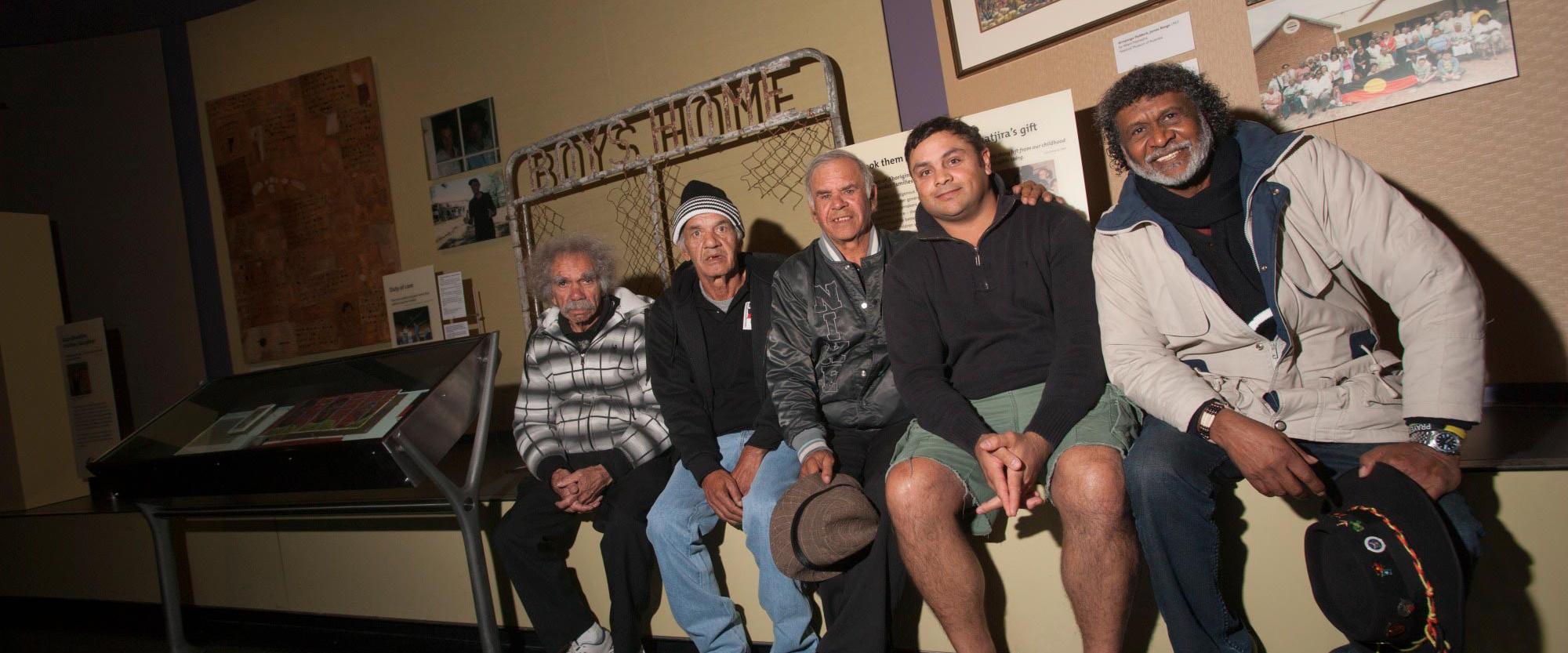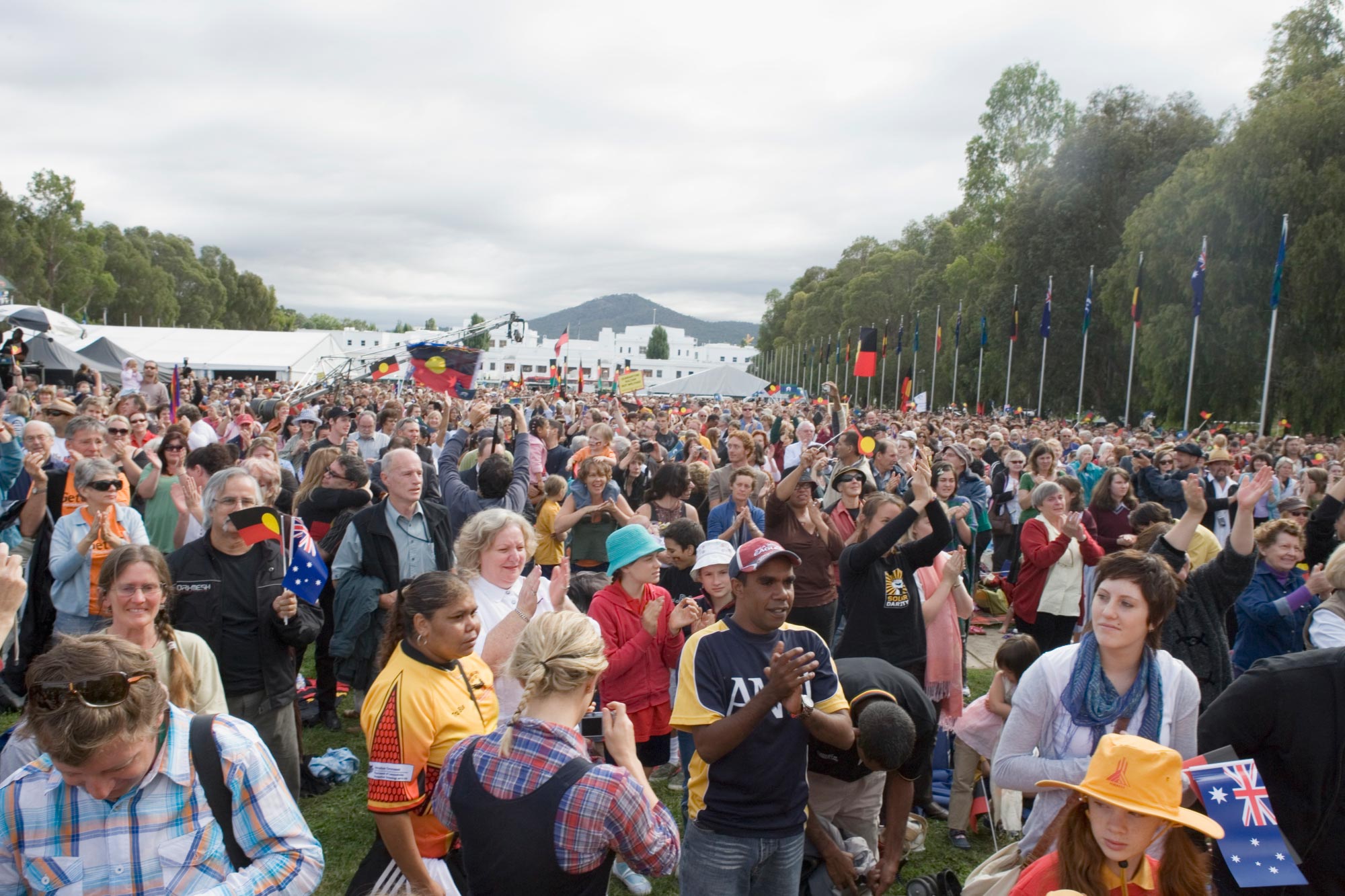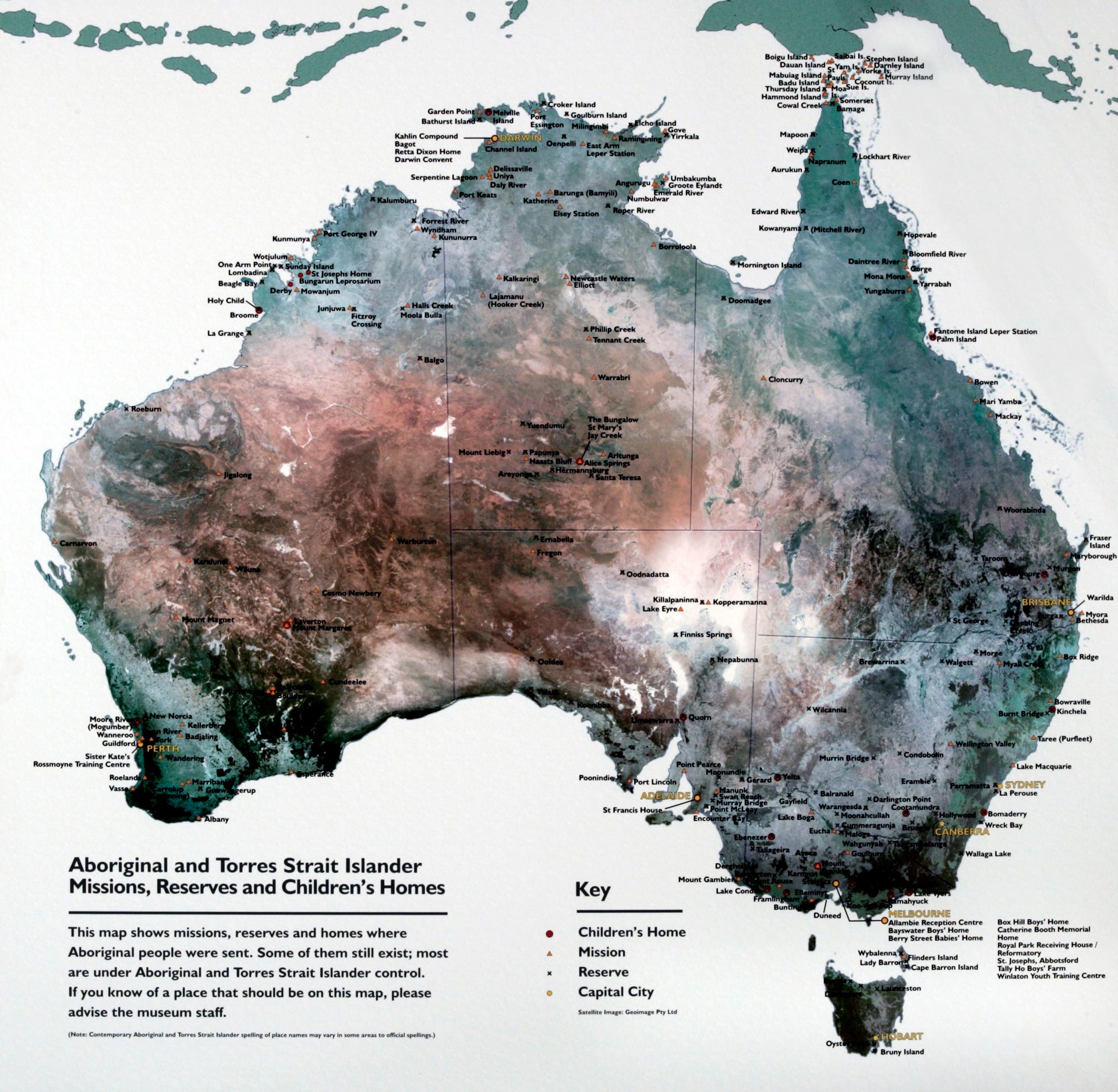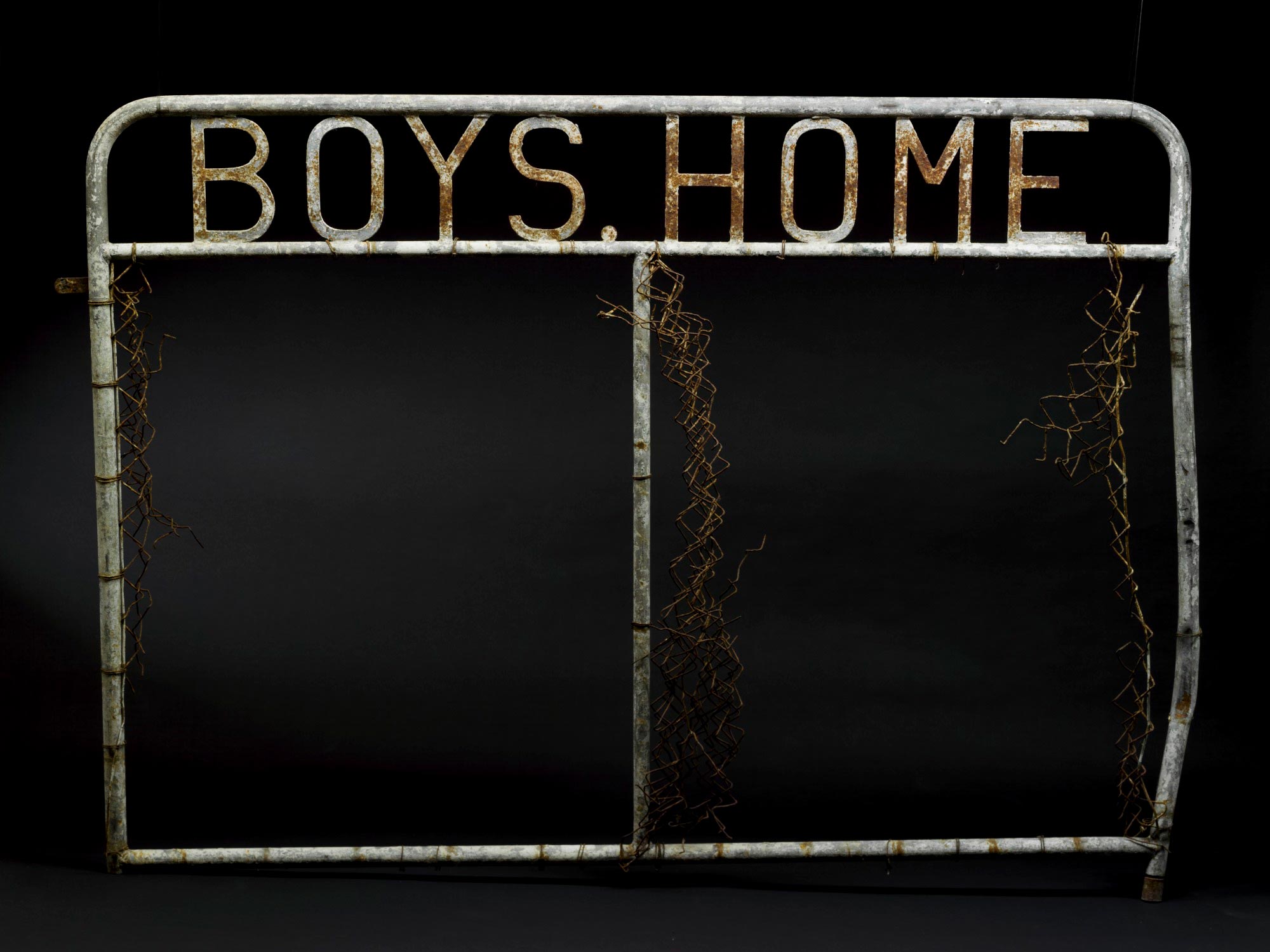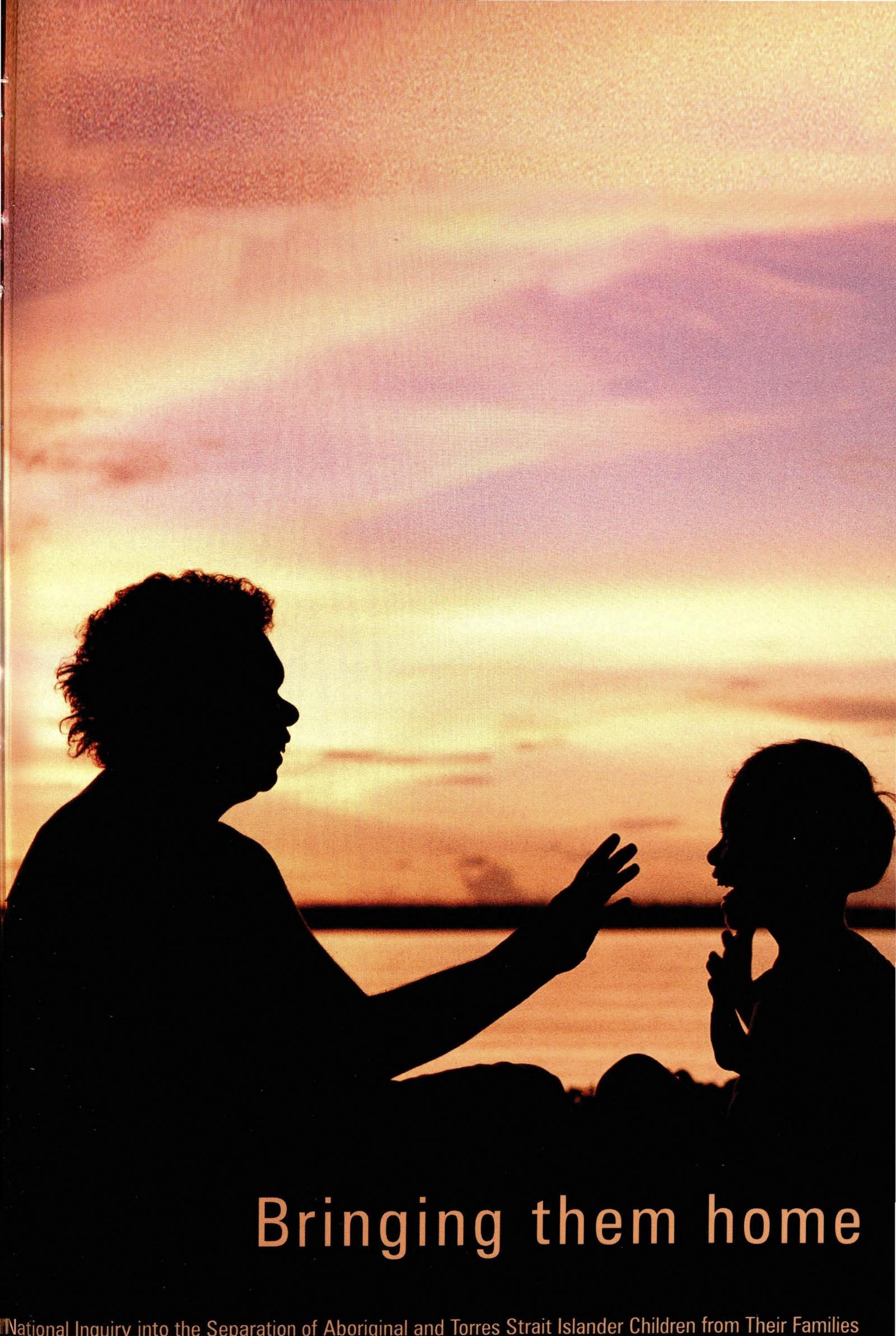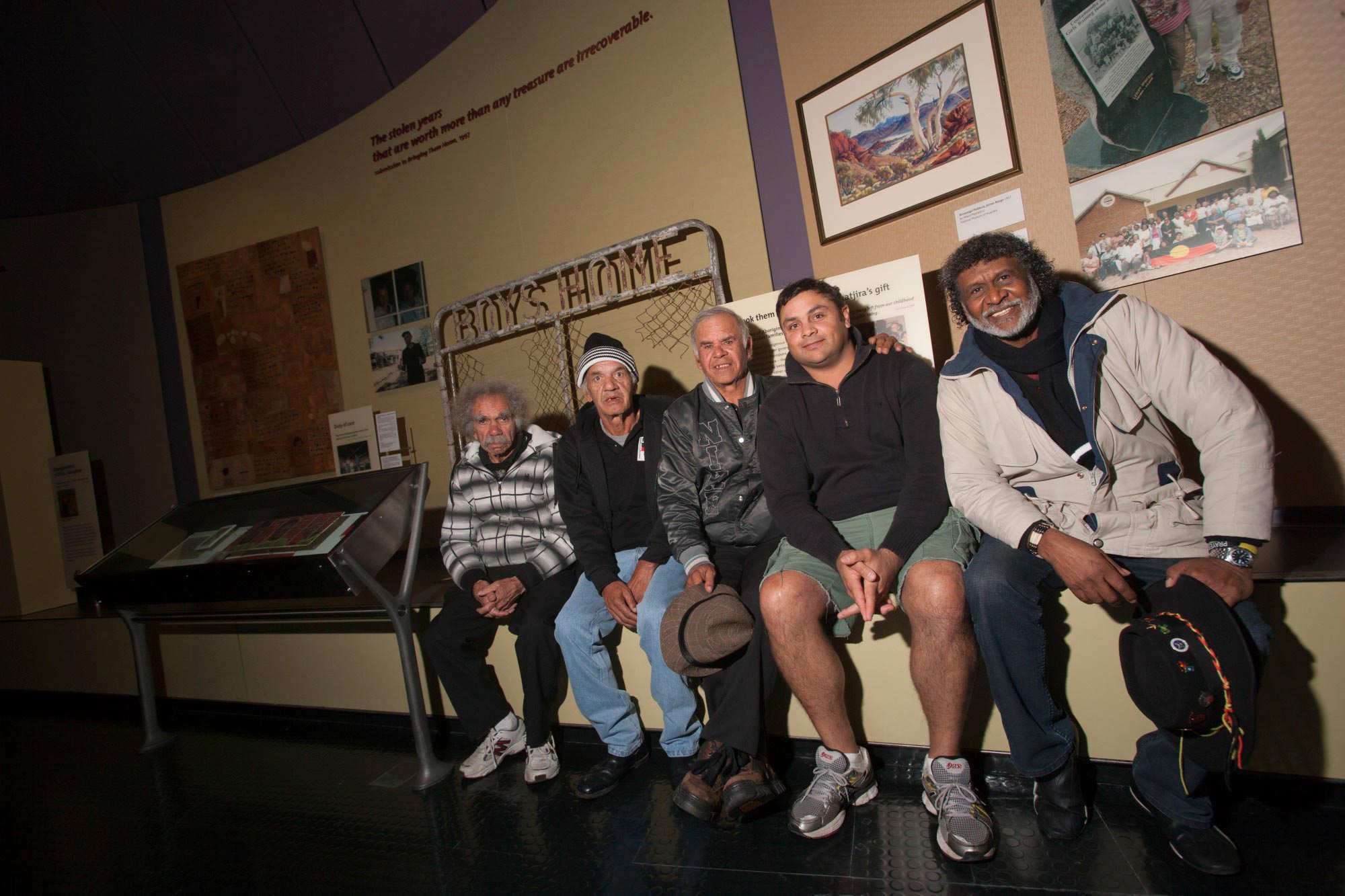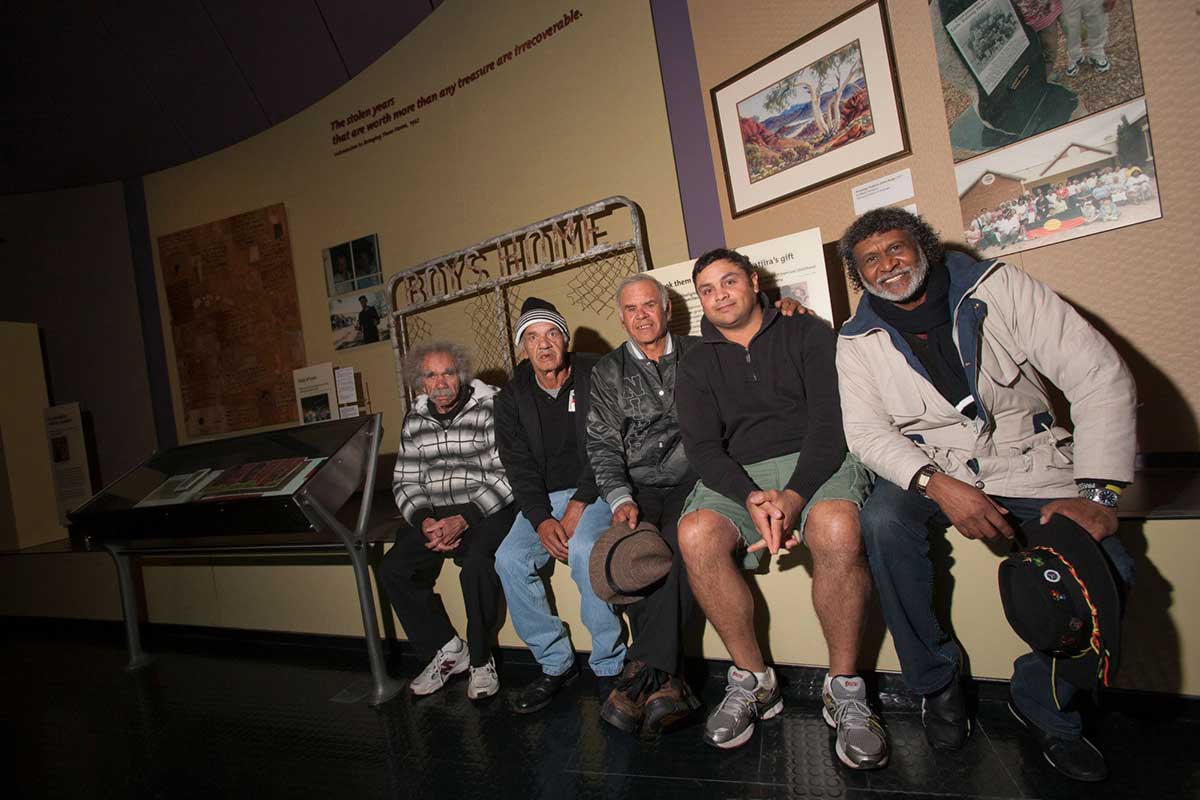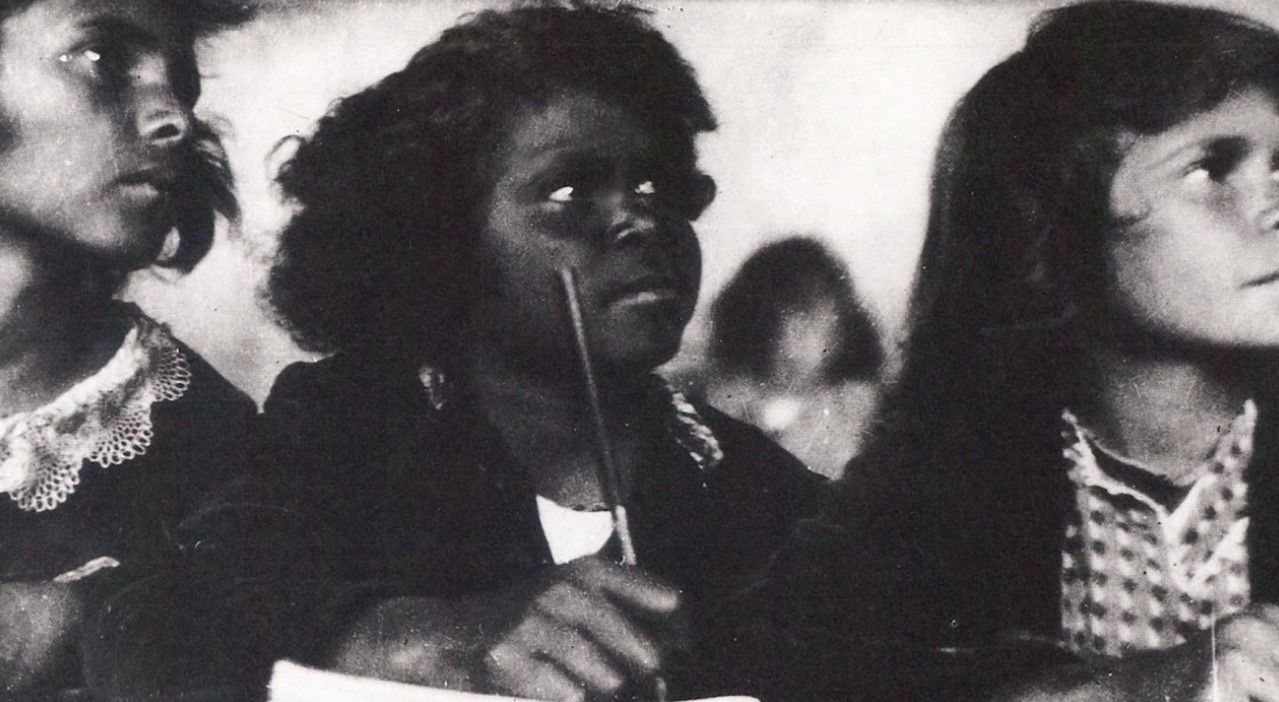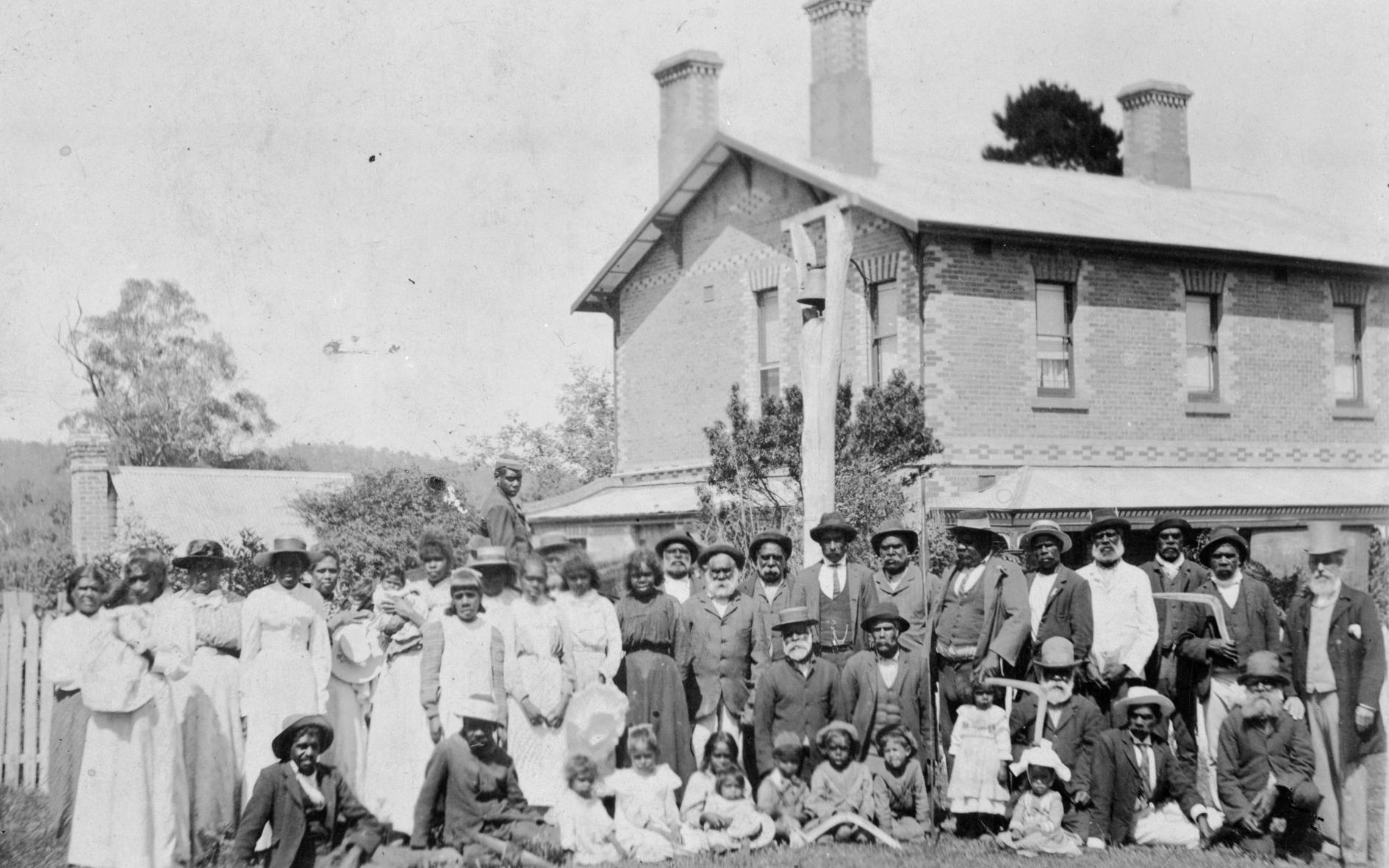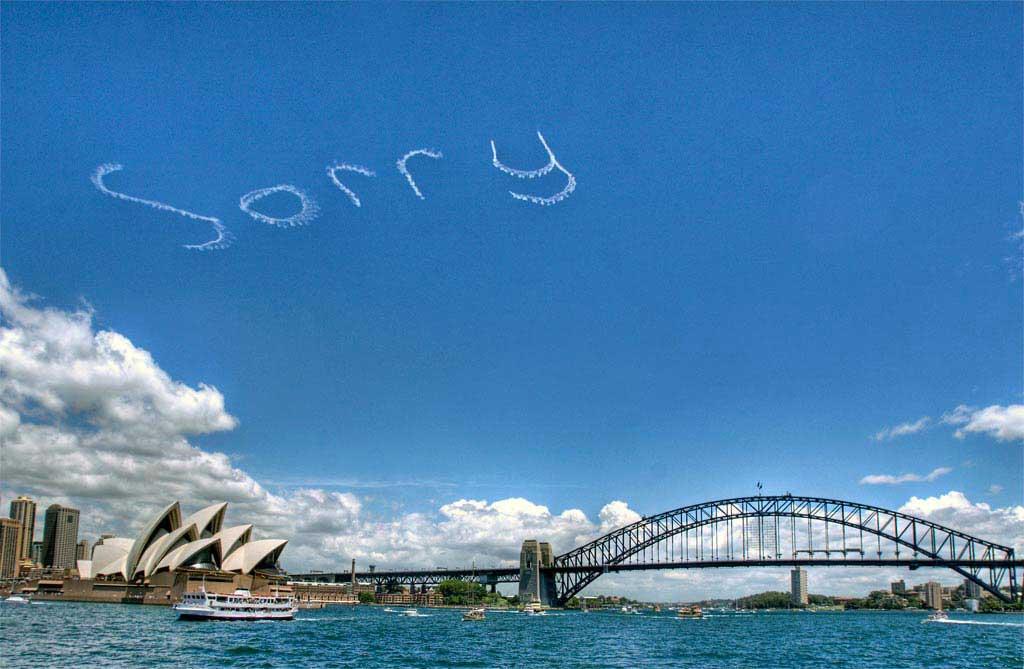The Stolen Generations
1915: NSW Government gains power to remove Aboriginal children from their families
The Stolen Generations
1915: NSW Government gains power to remove Aboriginal children from their families
WARNING: This page contains some difficult and potentially distressing content.
In a snapshot
In 1915 changes were made to the Aborigines Protection Act 1909 which gave the New South Wales Board for the Protection of Aborigines the power to take any Aboriginal child from their family at any time, for any reason. Similar policies were brought in by Australia’s other states and territories.
Tens of thousands of Aboriginal and Torres Strait Islander children were taken from their families under these laws. They are now known as the Stolen Generations.

 Can you find out?
Can you find out?
1. What was the New South Wales Board for the Protection of Aborigines?
2. By 1915 what powers did the Board have?
3. What were some of the lasting consequences of the removal of Aboriginal children from their families?
Why was the Board for the Protection of Aborigines set up?
The Board for the Protection of Aborigines was set up by the New South Wales Government in 1883. The Board helped to create reserves, which were areas of land where many Aboriginal people were forced to live. It handed out rations of food, clothing and blankets (though the rations given to Aboriginal people were less than those given to white people). It also bought boats and fishing equipment for coastal Aboriginal people and encouraged those who lived on inland reserves to grow food.
Research task
Find out where the closest former Aboriginal reserve (sometimes called a mission) to your school is. Which Aboriginal people were located there?
‘The Board may assume full control and custody of the child of any aborigine, if after due inquiry it is satisfied that such a course is in the interest of the moral and physical welfare of such child. The Board may thereupon remove such child to such control and care as it thinks best.’
How did the Board gain greater control over Aboriginal peoples?
In the early 1900s the Board wanted more control over the lives of Aboriginal people. It did this with the Aborigines Protection Act 1909.
Under this new Act the Board had the power to remove Aboriginal people from towns; control reserves and the way they were managed and policed; prevent alcohol being sold to Aboriginal people; and stop white people from having contact with Aboriginal people, or entering the reserves.
In 1915 amendments to the Act gave the Board the power to take any Aboriginal child from their family, at any time, and for any reason.
Many non-Indigenous Australians believed that Aboriginal people were a ‘dying race’. They thought that the remaining Aboriginal and Torres Strait Islander people in Australia, especially children with one white parent, would be better off if they assimilated into ‘white’ society through education, adoption and marriage.
What happened to children taken away from their families?
Institutions were set up to house Aboriginal children who had been taken away from their families. Babies were sent to the United Aborigines Mission Home in Bomaderry; girls were sent to the Cootamundra Girls Home and boys to Kinchela Aboriginal Boys Training Home near Kempsey. Many other children were sent to institutions which took both white and Aboriginal children.
The Board argued that children were given care and education at these institutions, but oral histories from the children themselves show the homes were harsh places. Abuse of children in these institutions was widespread, and children were brought up to reject their Aboriginal heritage.
Some children were fostered or adopted by white families. These children were often separated from their sisters and brothers and usually lost all connection to their Aboriginal identity.
Research task
The 1997 Bringing Them Home report, which investigated Aboriginal child removal in Australia, recommended that the government make a national apology to the Stolen Generations. Which Australian Prime Minister delivered this apology?
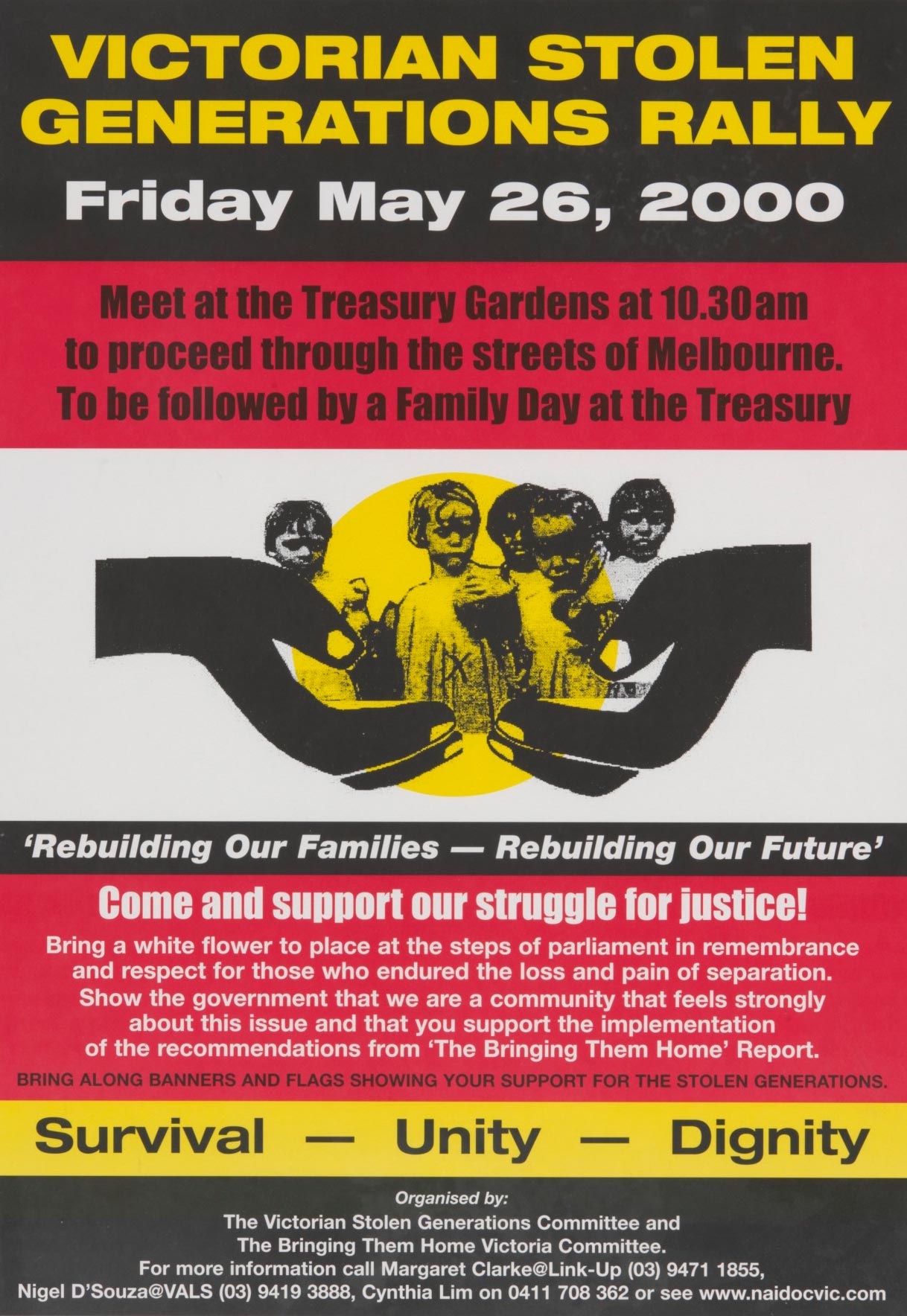
What were the effects of child removal?
The Act had a disastrous effect on Aboriginal families and culture. Children taken away from their families were more likely to experience abuse and to suffer from depression and other mental illnesses. Because they were almost always taught to reject their Aboriginal heritage, children taken away from their families couldn’t keep their links to their land or be part of the cultural and spiritual life of their Aboriginal communities.
Because of poor record-keeping no one knows exactly how many children were taken away from their families under the Aborigines Protection Act and similar policies in other states. It is likely that tens of thousands of children were taken away from their families across Australia. This poor record-keeping has also meant that many families who still want to be reunited haven’t been able to find one another.
The Aborigines Protection Act was finally repealed in 1969. But many families affected by the forced removal of children are still deeply traumatised. Because this trauma can continue across many generations these policies still affect the Aboriginal and Torres Strait Islander community today.
In 1997 the Bringing Them Home report was published. The report was the result of a two-year investigation into Aboriginal child removal in Australia. It recommended that the Australian Government make a national apology to the Stolen Generations. This finally took place on 13 February 2008.
Read a longer version of this Defining Moment on the National Museum of Australia’s website.
 What did you learn?
What did you learn?
1. What was the New South Wales Board for the Protection of Aborigines?
2. By 1915 what powers did the Board have?
3. What were some of the lasting consequences of the removal of Aboriginal children from their families?






